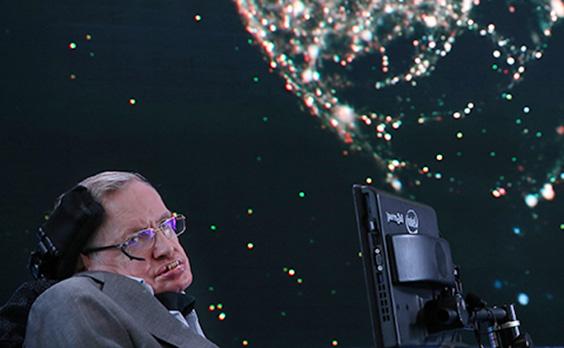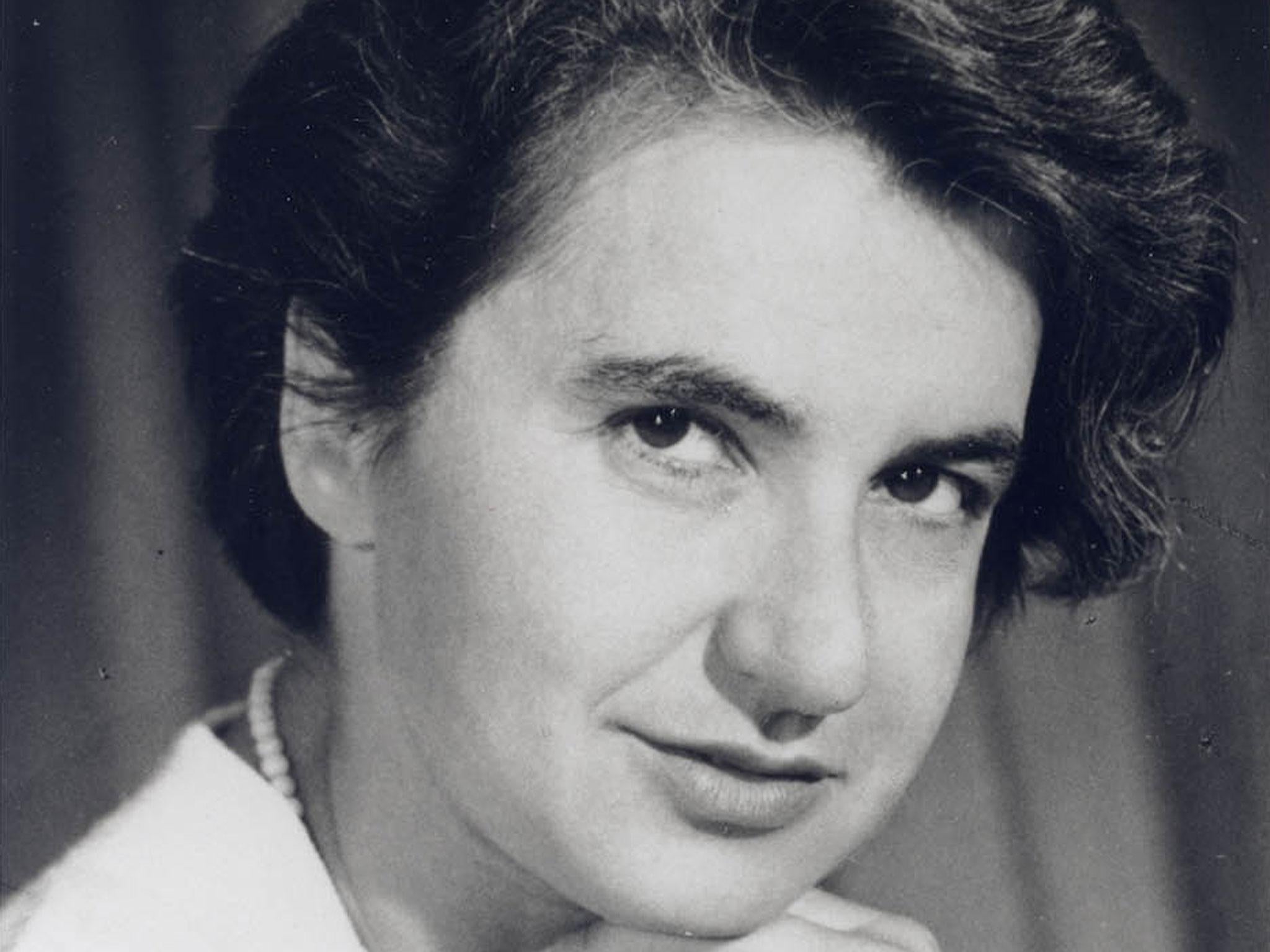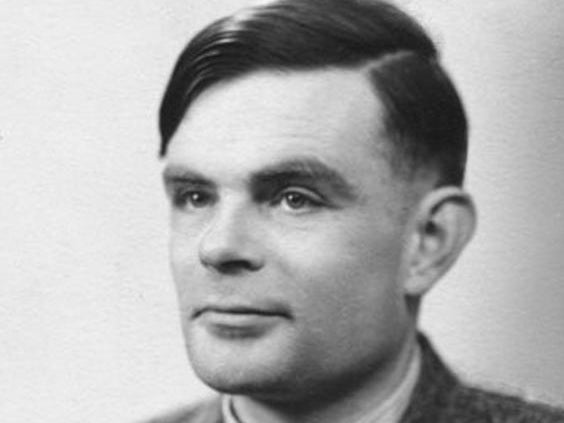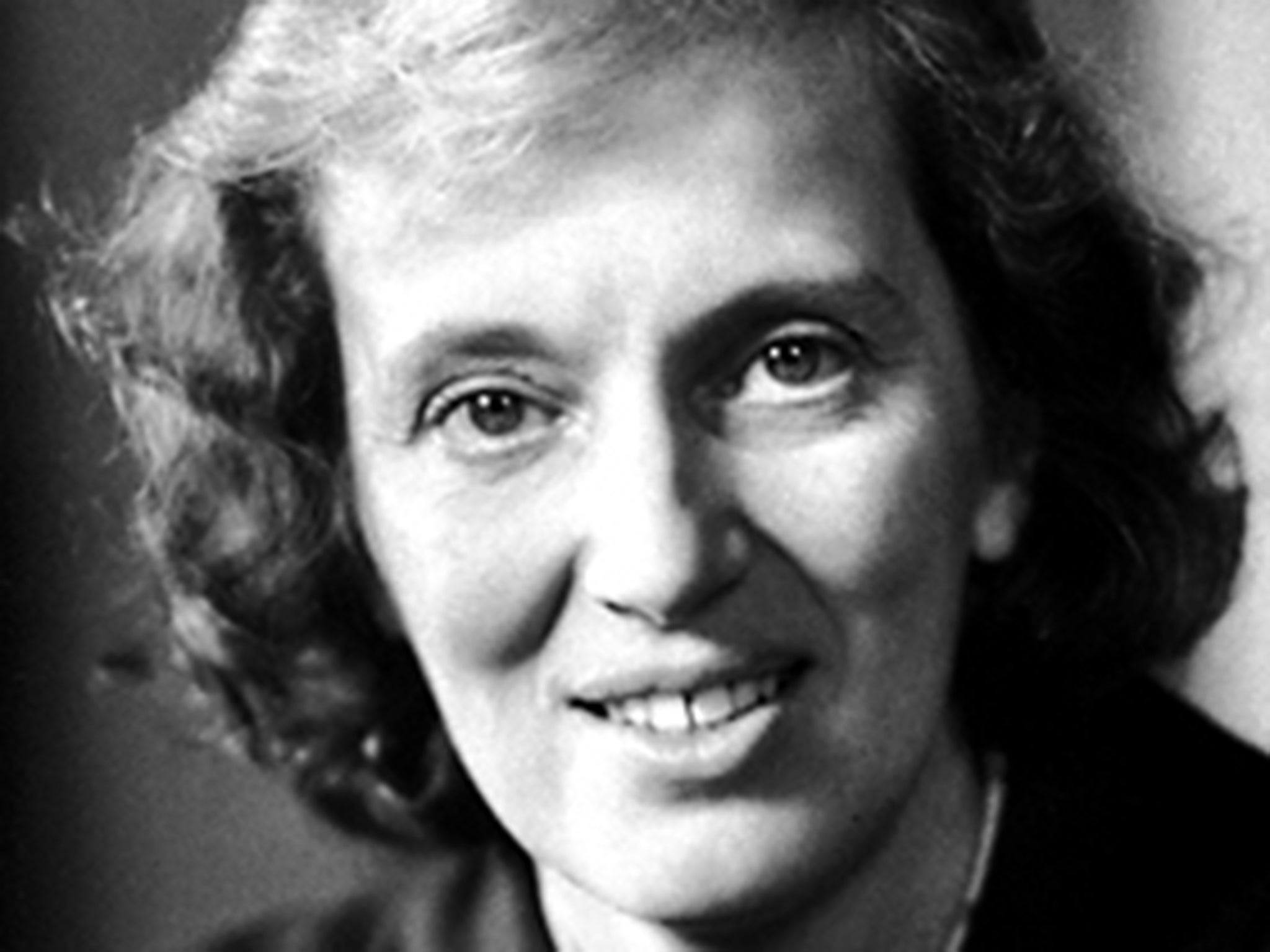New £50 note: Which British scientists are most likely to appear on the currency?
Public vote will help decide which person from world of science appear on new currency in coming weeks
Your support helps us to tell the story
From reproductive rights to climate change to Big Tech, The Independent is on the ground when the story is developing. Whether it's investigating the financials of Elon Musk's pro-Trump PAC or producing our latest documentary, 'The A Word', which shines a light on the American women fighting for reproductive rights, we know how important it is to parse out the facts from the messaging.
At such a critical moment in US history, we need reporters on the ground. Your donation allows us to keep sending journalists to speak to both sides of the story.
The Independent is trusted by Americans across the entire political spectrum. And unlike many other quality news outlets, we choose not to lock Americans out of our reporting and analysis with paywalls. We believe quality journalism should be available to everyone, paid for by those who can afford it.
Your support makes all the difference.An overlooked contributor to the discovery of the DNA double helix and the world’s most famous cosmologist are among those in the running to be the new face of the £50 note.
The Bank of England has invited the public to submit the names of scientific figures they’d like to appear on the new banknote, with a decision set to be announced in six weeks.
A shortlist will be drawn up by an expert committee including space scientist Maggie Aderin-Pocock and physicist Simon Singh, with the final decision to be made by the Bank’s governor, Mark Carney.
But who are the favourites to adorn the new £50 notes, and what have been their contributions to science and UK society?
Stephen Hawking

Many people’s favourite to win will undoubtedly be the recently deceased Hawking, a true scientific superstar whose contributions to science extended far beyond his own discipline.
Particle physicist and TV presenter Professor Brian Cox expressed his support for Hawking on the new note, tweeting: “He made invaluable contributions over half a century to our understanding of cosmology, the early universe and black holes.”
Professor Cox added that the former Cambridge academic has inspired thousands of scientists and millions of people through his books and lectures, “me included”.
Hawking gave his name to the radiation emitted by black holes, advanced studies of the universe’s origins and penned the bestselling popular science book A Brief History of Time to transmit ideas from his discipline to more than 10 million readers.
Rosalind Franklin

Franklin’s work as an X-ray crystallographer at King’s College London produced images that contributed to James Watson and Francis Crick’s identification of the DNA double helix.
In the years following her death in 1958, her crucial work has been recognised by many including Watson and Crick themselves, but Franklin was not included in the Nobel Prize the duo went on to win four years later.
Franklin’s story is now seen as a cautionary tale about the ways the contributions of women have been ignored over the course of scientific history.
A place on the £50 note would be seen by many as a fantastic way to honour a scientist who was never given the recognition she deserved in her lifetime.
Katherine Mathieson, chief executive of the British Science Association, mentioned Franklin along with palaeontologist Mary Anning as potential faces for the new notes.
“They were both underrecognised in their lifetime and now we could set the record straight and recognise the huge achievements they made,” she said.
Ada Lovelace

Another figure seen as an overlooked scientific pioneer from a time when women were not traditionally included in science, Lovelace is often described as the world’s first computer programmer.
The daughter of poet Lord Byron, Lovelace was a mathematician who worked on Charles Babbage’s proposed computer, the Analytical Engine.
Lovelace translated an article by an Italian military engineer concerning the engine, adding an elaborate set of notes that contain what some have described as the first ever computer program – an algorithm intended to be carried out by a machine.
Like Franklin, Lovelace has only recently been recognised for her contribution, and her addition to the new £50 would therefore be a fitting tribute for someone who was not recognised in their lifetime.
Alan Turing

In his role as a codebreaker during the Second World War, Turing played a major part in helping defeat Nazi Germany by providing the allied forces with information that gave them the upper hand in key operations.
His work at Bletchley Park during the war cracked the German messages sent by the Enigma machine, and is regarded as making key contributions to the fields of computer science and artificial intelligence.
Turing was convicted in 1952 under anti-homosexuality laws, leading to him accepting chemical castration and ultimately taking his own life two years later.
Though he was posthumously pardoned in 2013, many will surely see a place on the currency as a way to honour his legacy.
Dorothy Hodgkin

As the only British woman to become a Nobel science laureate, Hodgkin would be another perfect addition to the UK’s currency, and one who many people are perhaps not familiar with.
The chemist won the prize in 1964 for her pioneering work that helped unravel the 3D structure of important substances such as insulin.
Her nomination was backed by Royal Society president Venki Ramakrishnan, who said: “I would personally pick Dorothy Hodgkin, the only female Briton to have won a science Nobel Prize.”
“We can thank Dorothy for revealing the three-dimensional structures of many biologically important molecules such as penicillin, insulin and vitamin B12, as well as inspiring several generations of leading crystallographers.
“She was also a remarkable individual who championed science in developing countries.”

Join our commenting forum
Join thought-provoking conversations, follow other Independent readers and see their replies
Comments